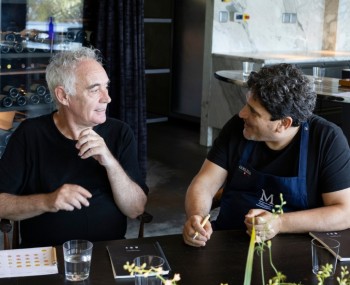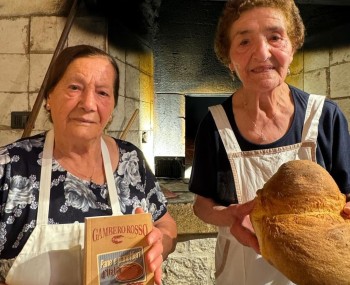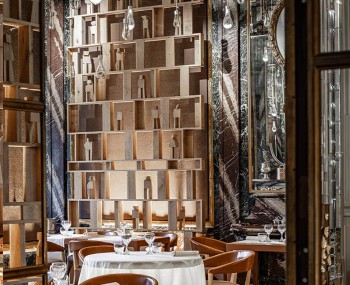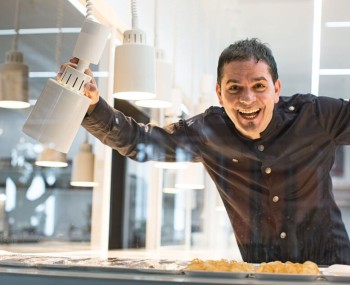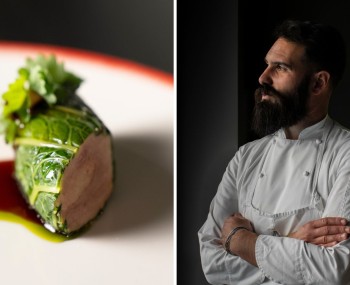In his fusion workshop in Madrid, chef Yong Wu Nagahira applies the sushi scheme to an endless database of ingredients, which includes one exception.
The opinion
On Madrid's bustling plaza, chef Yo Wung Nagahira has made a name for himself with the fusion sushi at his restaurant Ikigai Flor Baja, and he’s also added a larger restaurant on Calle Velazquez. They offer bold combinations, such as the one between eel and dark chocolate, and change inexorably every three months for a variety of reasons, including more than just seasonality.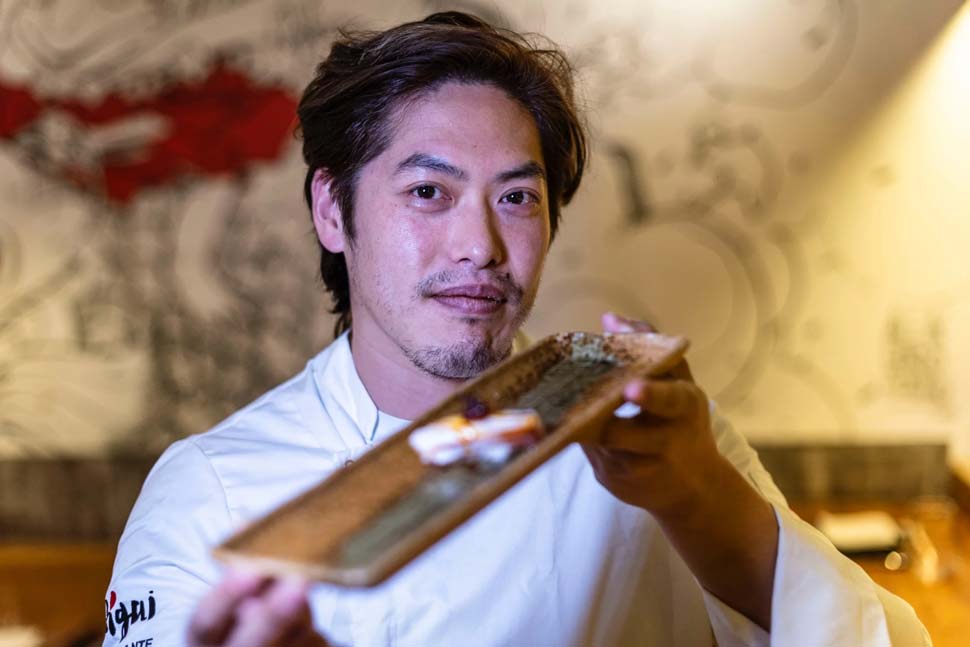
"If making something becomes easy, then it’s not right," the chef explains. "Because now, I fortunately or unfortunately, can only learn from myself. It's a limitation. And if I always offer the same items, I stop growing. The challenge of doing something you've never done keeps your mind alive. That's why I change the menu often, so I keep learning."
The nigiri, which literally means "made by hand," remains a favored medium for conveying creativity as it applies to the endless database of sensations. "It offers a lot of room for play and at the same time imposes limits. The sauces we use must always stay on top, so it must have a good texture. It also has to be very balanced, since it's only one bite."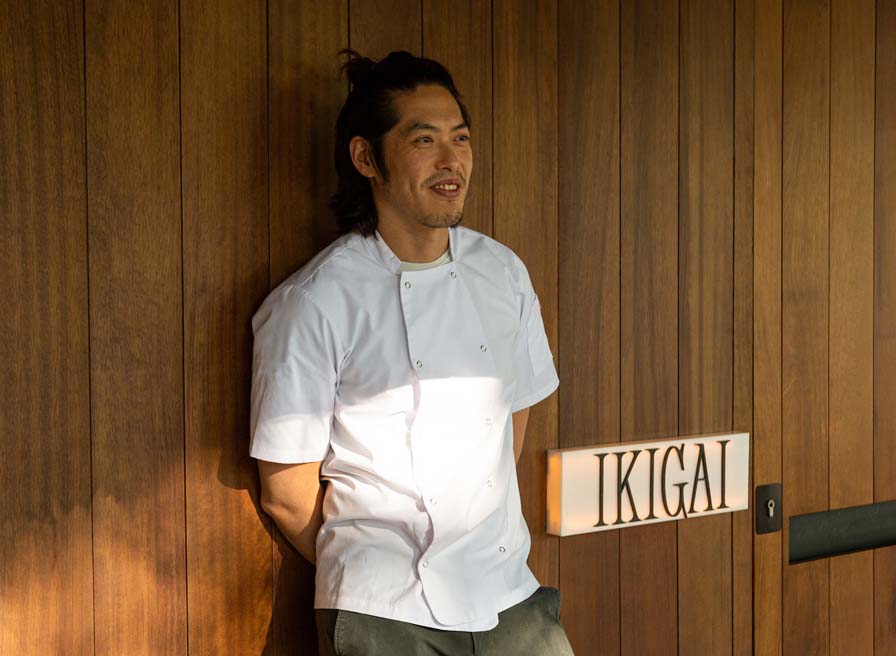
But the focus is all about the combinations. "For example, how is it possible for seaweed to pair well with white chocolate? In general, every variety – saltwort, for example – has a saline point, and anything saline goes well with white chocolate in general. It sounds strange, but it works. Also oyster with white chocolate, it's sure to work just as well," he explains with some reminiscence of Heston Blumenthal.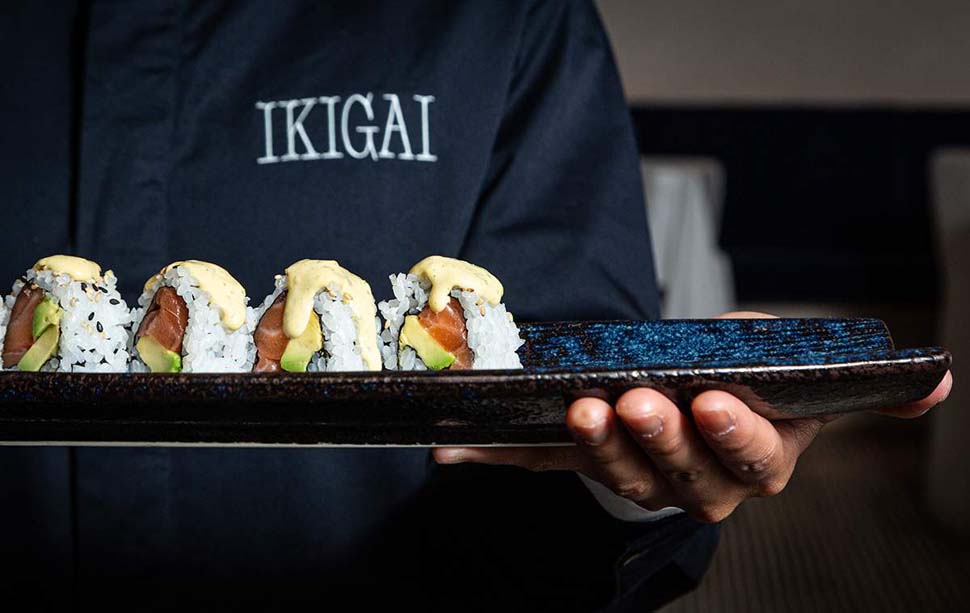
"Ikagai is a laboratory. Sometimes the dishes come out right away, on the first try. Other times they don’t, and you let it go. It happened to me with a move I wanted to make on scallops. I tried fifteen or twenty times, wasted a fortune of them, and I wasn’t successful.” But there is one ingredient that will never enter Nagahira's repertoire: salmon. "Because it's not what it used to be, now they raise it [intensively] like chickens."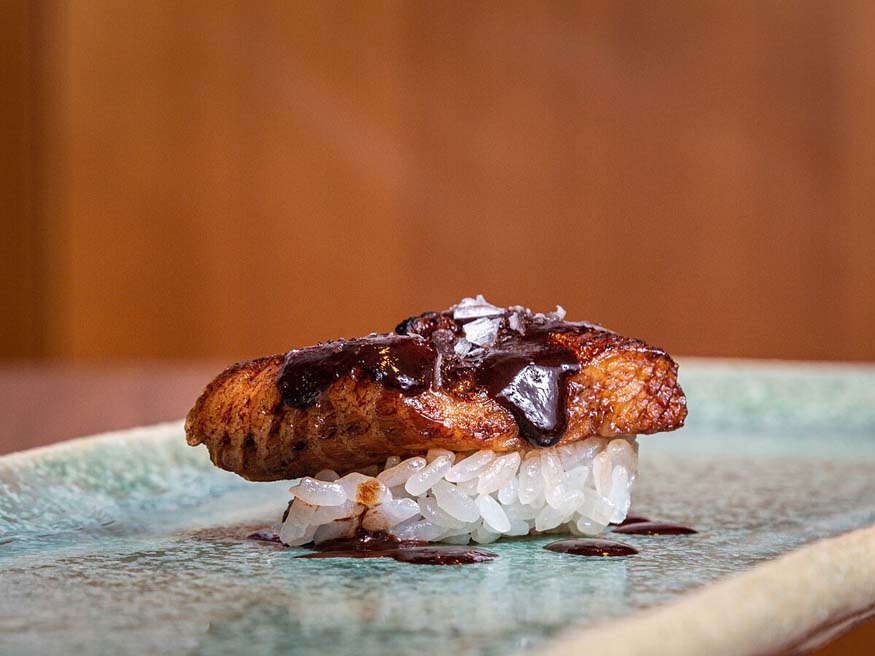
Source: El Mundo
Find the article here

